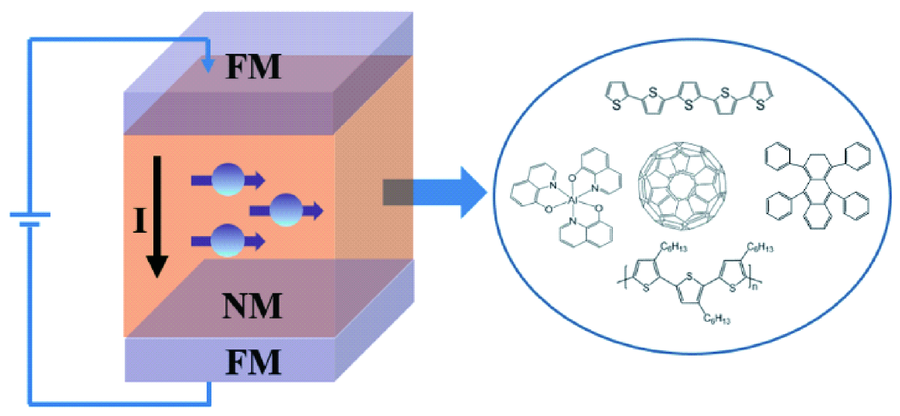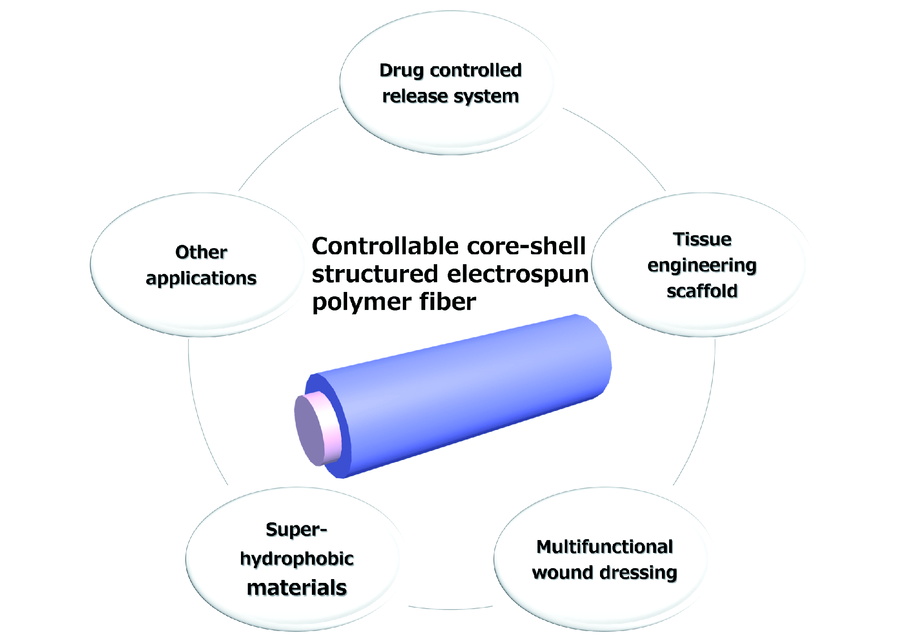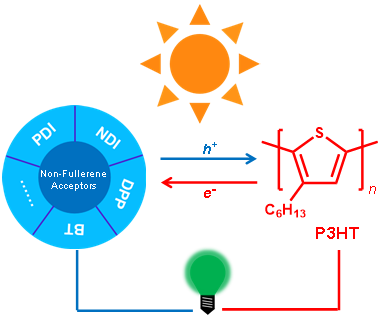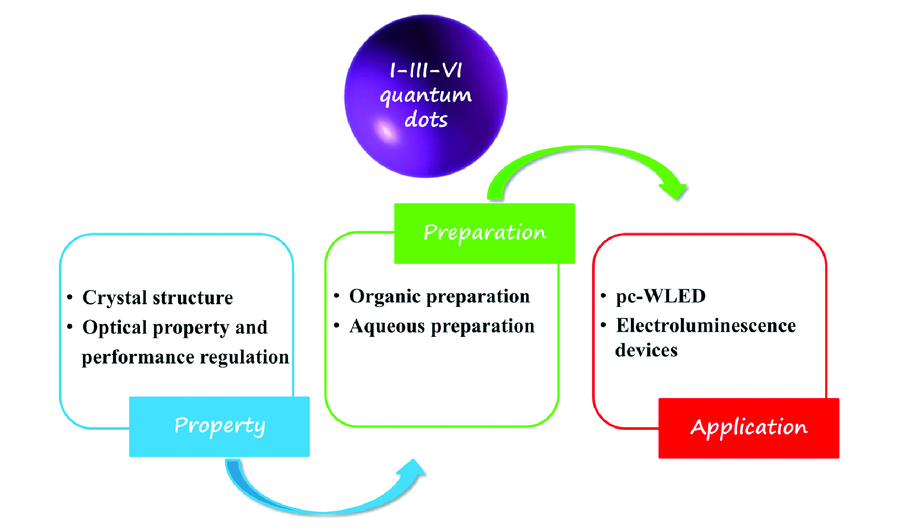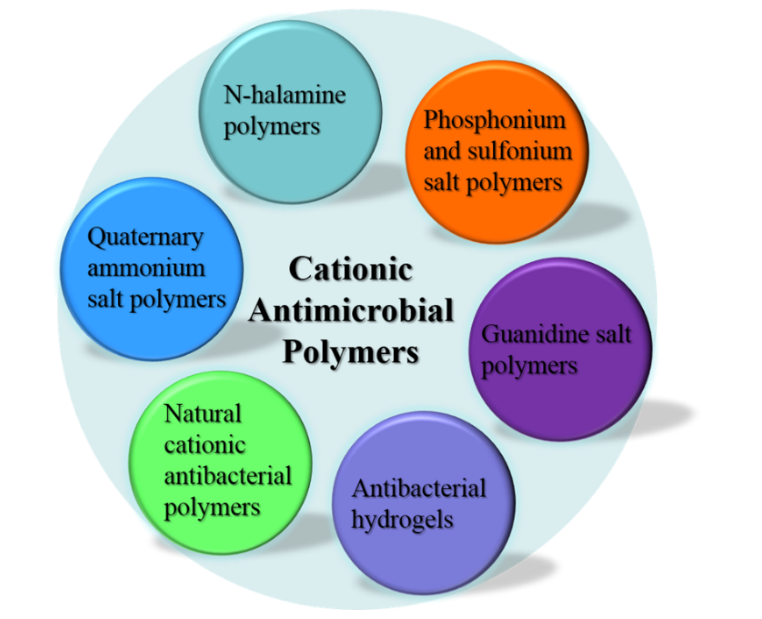Xuanyu Liu, Xiaoting Zhu, Shuaishuai Ding, Rongjin Li, Wenping Hu. Organic Spin Valves and Their Magnetoresistance Effect[J]. Progress in Chemistry, 2019, 31(9): 1199-1212.
With the discovery of the giant magnetoresistance effect(GMR), spintronics has rapidly emerged as a new discipline. Spintronics, which utilizes the spin property of electrons, may combine logic operations, information storage and communication to foster the next-generation electronics. Organic semiconductors are attractive for spintronics because of their intrinsically long spin relaxation time due to their low spin-orbit coupling and weak hyperfine interactions. Organic spin valves(OSVs) are important basic structures to study spin injection and transport in organic materials. This review generalizes the progress of OSVs. The spin relaxation mechanisms in organic semiconductors are summarized briefly. Key scientific questions such as the strategy to realize room temperature spin transport and the sign problem of magnetoresistance in OSVs are specially emphasized. Emerging functional devices which utilize the spin property of electrons such as spin organic light-emitting diode(OLED) and spin-photovoltaic device are introduced. Finally, the future development of organic spintronics is prospected.









